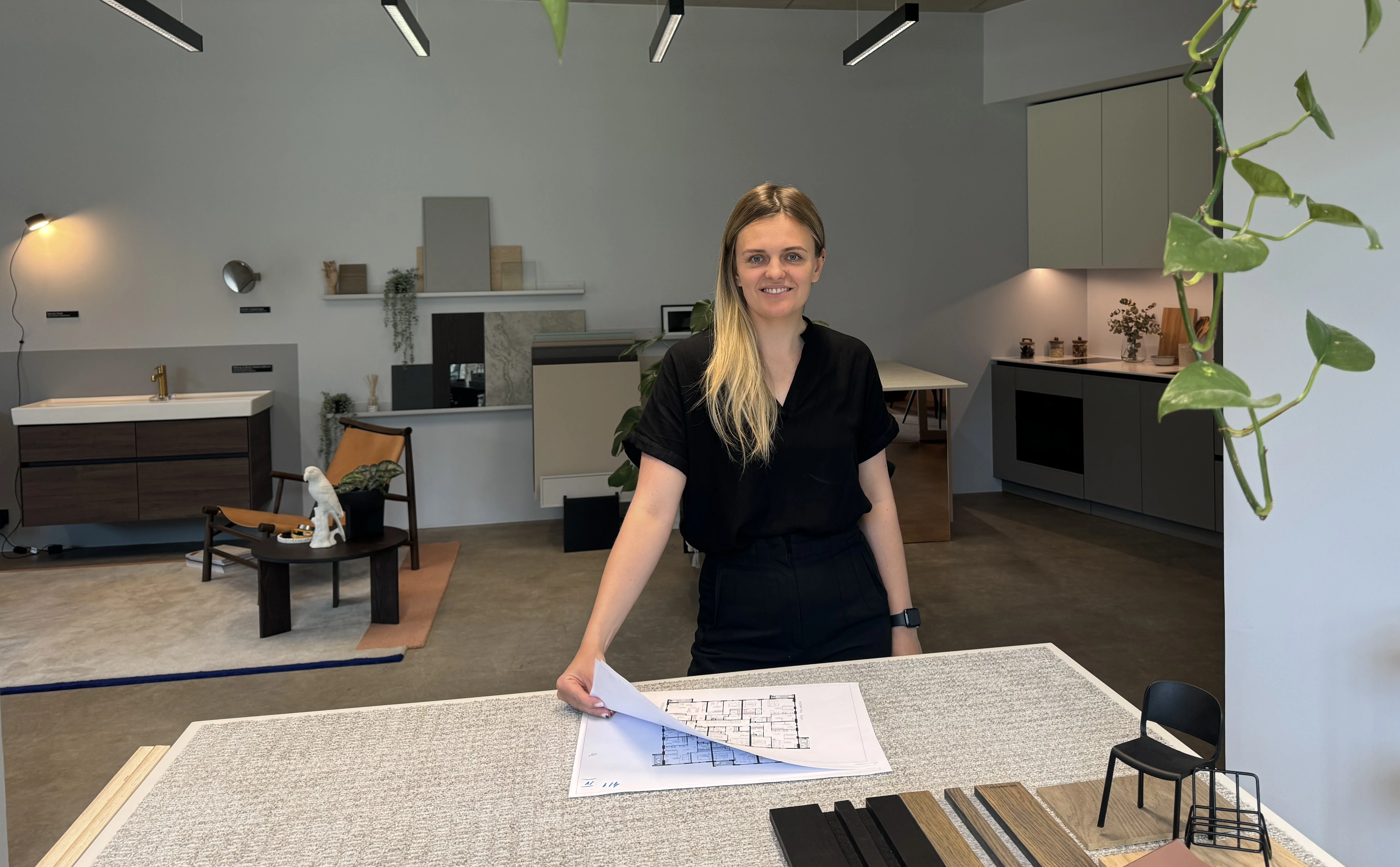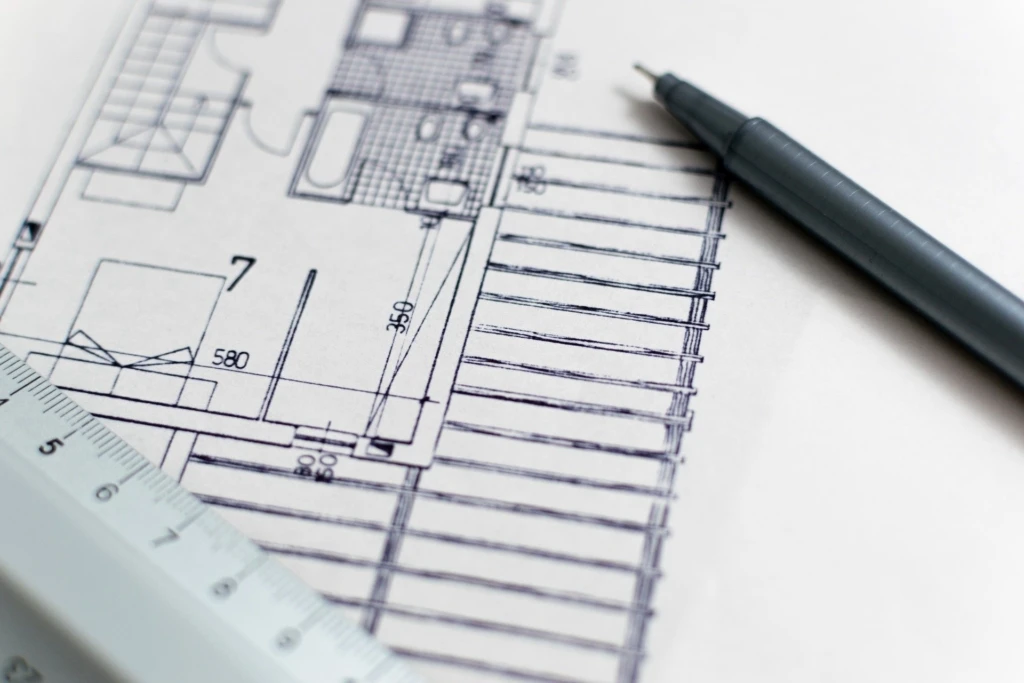Expert Advice: The Child's Room Grows With Your Child, Look for Flexible Solutions When Planning the Space

A child's room can be their entire world, and parents can make this world supportive and playful for them without sacrificing practicality and style. Liven real estate developer creative director Alina Kester shares her experience and advice for planning children's rooms.
"I have learned from my own children that home is not just four walls. Once at a playground near our house, I said: 'Kids, let's go home!' and got the response: 'Mom, but we're already home.' That moment stays with me both when I pass by a playground today and in my further home design work," said Liven AS creative director Alina Kester, who notes that children perceive the world more broadly than adults, which is why their perspective and spatial experience are particularly important in children's room design.
When planning children's rooms, flexible thinking is needed to reconcile the parents' vision with the child's wishes. In addition to functional design and stylistic compatibility, the child's needs and personality traits are important in children's room design. Furthermore, according to Liven AS creative director Alina Kester, room design must account for the rapid pace of change in a growing child's needs and be ready for repeated updates to the spatial plan.
"A toddler often plays on the floor and needs plenty of space and low-reaching light for that. That's why it makes sense to get a child a bed of appropriate size and replace it with larger models as needed. As they grow older, a child's or teenager's activities move to behind a desk or to the bed, and they no longer need as much floor space," explained Liven AS creative director Alina Kester.
With multiple toddlers, sometimes rooms are used according to function rather than divided between children. One room is a bedroom and another is a play and study room. This approach is particularly good for children who have difficulty falling asleep. When the play room door is closed in the evening and the bedroom opens, the child has a clearer transition from one activity to another.
"In this case, furnishing and lighting planning is also easier – the play room can be significantly more color and light-rich, play can be left unfinished here and continued from the same place in the morning," emphasized Alina Kester.
Privacy and self-expression become important in a teenager's room, so Alina Kester recommends taking the teenager's design wishes into account when planning their room, even if these sometimes conflict with the parent's overall vision for the home. A certain amount of rebellion and opposition are important parts of adolescent development, enabling this in the teenager's living space provides them a safe channel for self-expression and promotes a sense of home and a trusting relationship with parents.
To create an inspiring children's room, the first and easiest way is through color combinations – colorful walls, bedding, and accessories bring vitality and joy to the space. At the same time, one can consider calm and soothing colors that promote good sleep and emotional balance. But planning a room is not just about choosing furniture and colors, you should start with the space layout, lighting solutions, and only then select the interior design.
Tip: RGB bulbs can be added to light fixtures, which children can control themselves from their phone and spend time in their favorite color light if they wish.
"RGB-LED lighting solutions are rather against my personal taste, but I've allowed them in children's rooms precisely so that children feel it's their room and their decision. This solution is a cheaper and more practical way to experiment with color than, for example, painting the walls of the room or ordering furniture with the child's favorite built-in color, which would be much harder to change if the child's wishes and preferences change," shared Liven AS creative director Alina Kester.
"My simplest recommendation for lighting is dimmable ceiling lights, a proper desk lamp, and a reading or night light next to the bed. Lights can be added to the rails, moved, directed, and brightness adjusted – this way it's possible to adapt the entire room's lighting solution according to the activity or furniture arrangement," said Liven AS creative director Alina Kester.
When planning wardrobes, Liven AS creative director Alina Kester recommends accounting for both current and future needs in children's rooms. Compared to adult wardrobes, where the size, quantity, and nature of stored items don't change too drastically, a child's wardrobe needs much more flexible solutions. Useful would be, for example, toy drawers that could store something else in the future, and shelves and clothing rods with adjustable heights.
"Large floor-to-ceiling wardrobe doors are not, in my opinion, suitable for children's rooms. Design-wise, they are a nice and minimalist solution, but in reality, such doors are too large and heavy for a toddler and too cumbersome for a teenager to encourage proper use of the cabinet. It would be better to divide the cabinet into separate drawers and doors so that its use is as functional as possible," recommended Liven AS creative director Alina Kester.




